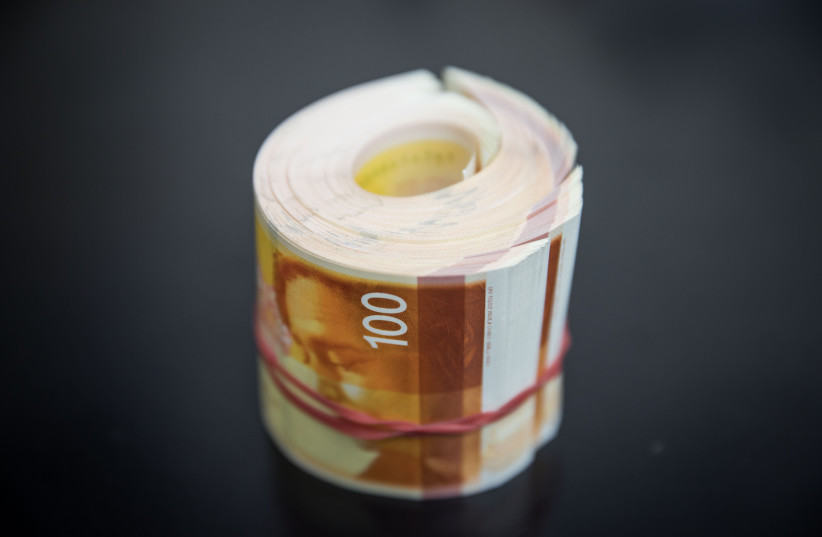After weakening sharply in the first half of 2022, the shekel staged a strong comeback in July, outperforming all the world's other currencies against both the dollar and the euro. On Friday alone, the Bank of Israel set the shekel-dollar rate down 1.223% against the dollar at NIS 3.391/$ and down 0.198% against the euro at NIS 3.471/euro.
During July the shekel strengthened 5.1% against the basket of the world's major currencies and gained 2.8% against the dollar and 5.4% against the euro, which is at its lowest level against the Israeli currency since October 2000.
"The recent strengthening of the shekel stems mainly from the rise in share prices around the world but also the narrowing of the real interest rate between Israel and the US."
Bank Hapoalim chief market strategist Modi Shafrir
In theory, the interest rate gap between the dollar and shekel and the euro and the shekel should be weakening the Israeli currency. But this has not been reflected in foreign currency trading over the past month. Even though the US Federal Reserve has hiked the US interest rate aggressively by 0.75% in each of the past two months to between 2.25% and 2.5% — double Israel's rate of 1.25%, despite three more moderate rate hikes by the Bank of Israel this year, the shekel has still been strengthening over the past month.
Reasons for the shekel's gains
The reason for the shekel's gains has been hedging by Israeli institutional investors with major positions on Wall Street.
Bank Hapoalim chief market strategist Modi Shafrir explains, 'Due to the sharp falls on stock exchanges worldwide (until the past month), institutional bodies purchased over $10 billion between January and May 2022, after selling about $24 billion in 2021. The activities of the institutional bodies are influenced by the stock exchanges around the world, and have a very heavy influence on the local forex market."

This is because when world stock exchanges rise, Israeli institutional investors are exposed to rising foreign currency amounts in technical terms and with the exposure of these investors at record levels, they are required to sell dollars when markets are rising to reduce their exposure to foreign currency. This stems from the need to meet the exposure policies defined by the heads of each institutional organization. Falls on the markets produce the opposite effect.
Shafrir adds, "Interest rates also influence the exchange rate of course, but the biggest influence is not the nominal rate (the interest rates set by the Bank of Israel and the US Federal Reserve) but mainly the real interest rate (the nominal interest less inflation expectations), so that the recent strengthening of the shekel stems mainly from the rise in share prices around the world but also the narrowing of the real interest rate between Israel and the US."
In order to make a comparison between the countries you have to take out the rates of inflation of the two countries, that is to say the real rate of interest, and there too is a factor that is strengthening the shekel. Shafrir says, "The real interest rate gaps between Israel and the US over the past two years has narrowed because in Israel the interest rate has also risen while in Israel inflation here is more moderate, and so the real interest rate over the past two years is about the same — which also supports the strengthening of the shekel."
